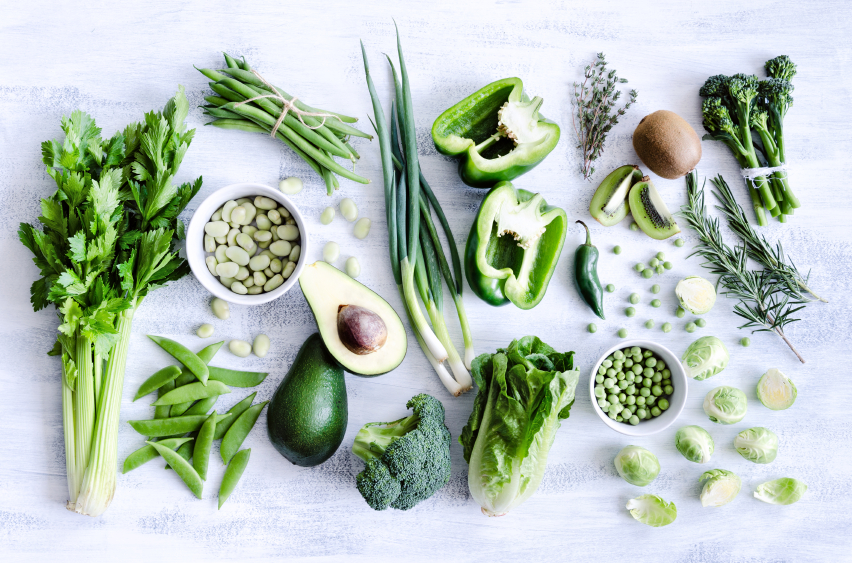
When I first begin working with a client, I ask for a 3 day food log. Most women are low on protein and many - both male and female - are low on fruits and veggies.
Side note: I think poor fruit has gotten a bad reputation over the years. Is it "sugar"? Yes. Does it instantly turn to fat? No. In fact, I'd rather my clients go for an apple or orange or some strawberries than reach for a processed candy bar... or even a protein bar!
When creating my client meal plans and giving them food ideas, most veggies are given a value of zero. Now, we know that a cup of broccoli isn't zero calories, but let's be honest... who is getting overweight on broccoli?
The clients I usually work with are looking for long term body composition changes (usually less fat) and sustainable healthy eating habits. A swat on the hand for going back for seconds of asparagus is just downright silly.
Here are a few things to remember with veggies. Read on and eat more. (Note, the veggies I'm talking about are mostly green veggies and non-starchy veggies.)
1. Veggies fall under the carb category, but are not starchy. They are fibrous and not calorie dense. What that means in powerlifting terms is that pound for pound you can eat! Haha! A cup of most green veggies is about 8-12g carbs and maybe 40ish calories.
2. Because they are fibrous, it takes a little more work to digest. Therefore, they will fill you up and keep you fuller longer! Definitely helps when you're feeling insatiable.
3. Veggies can cause problems when they are doused with oil or sauce. As usual, your best bet is to cook them yourself, so you can be in control of how much oil to use. Typically, I will use 1-2 TBSP of oil that covers about 6-8 servings of veggies. So in the grand scheme, it's only adding a few grams of fat.
4. Be aware of the salad! Yes, yes, salads are supposed to be healthy because most people think that it's loaded with whole natural foods. And sometimes it is! Tomatoes, onions, peppers, cucumbers... tons of veggies! But nowadays, salads also have cheese, candied nuts, bacon bits and creamy fatty dressing. So just because you're ordering a salad, doesn't mean it will be low in calories.
5. Veggies give texture, namely a good crunch. When people are craving something, sometimes it's textural, rather than flavor they want. Raw veggies will do just that.
6. Unless you're stepping on stage where the last 100 calories might matter, I don't include veggies in the macro count for my clients. I have yet to have someone come back and tell me they had 4 servings of asparagus at breakfast, 2 heads of celery as a snack and an entire head of roasted cauliflower for dinner (although I'm pretty sure I could eat an entire head of roasted cauliflower). Usually my clients get some veggies at lunch and dinner... maybe a serving at each meal. So 80-100 calories in veggies (plus maybe even some as a snack), isn't going to derail them one bit.
Look at the big picture of your diet. Veggies are a great way to fill in the gaps with quality foods (vitamins and minerals) as well as give some taste, flavor and texture. Here are a few of my favorites!
Roasted cauliflower
Sauteed green peppers and onions
Roasted brussel sprouts
Grilled zucchini
Enjoy!!








